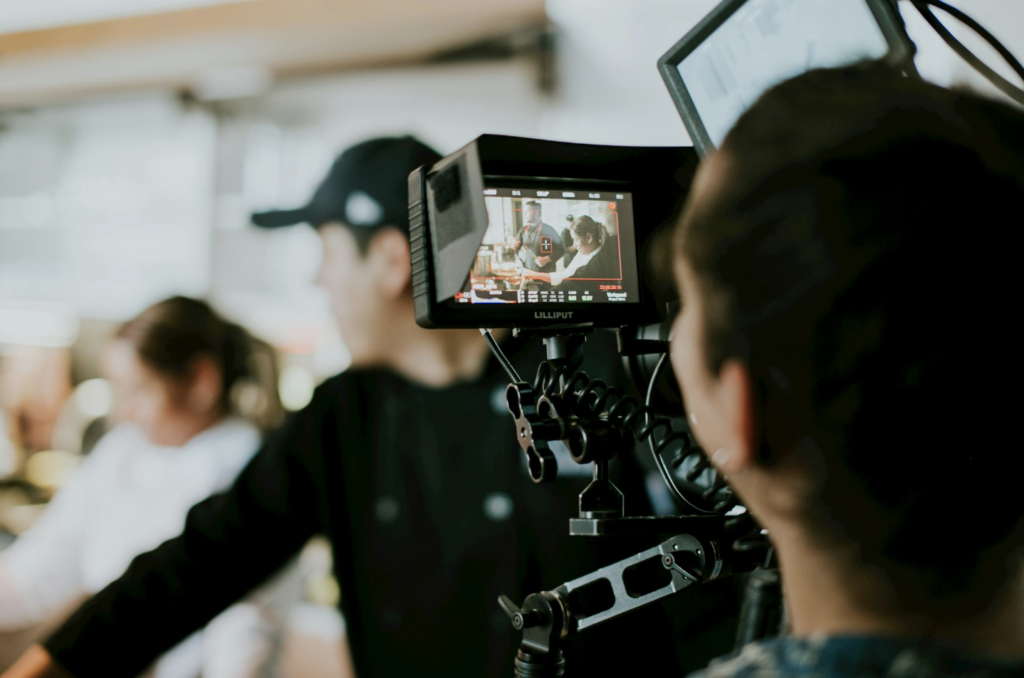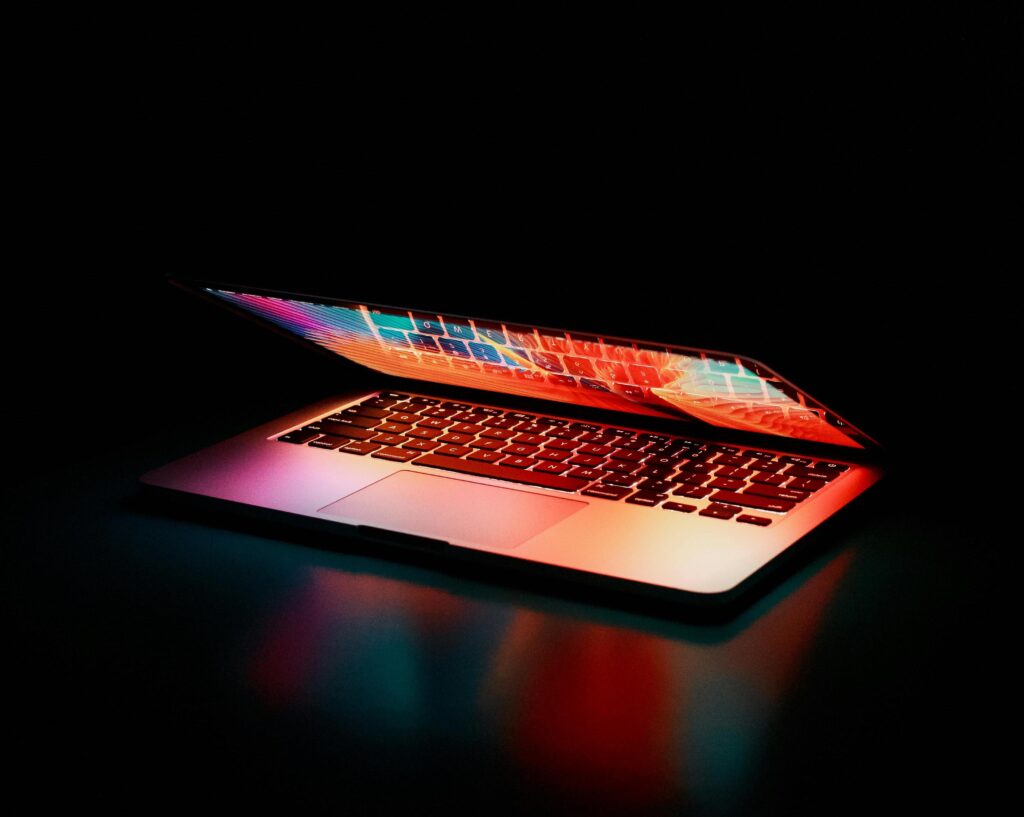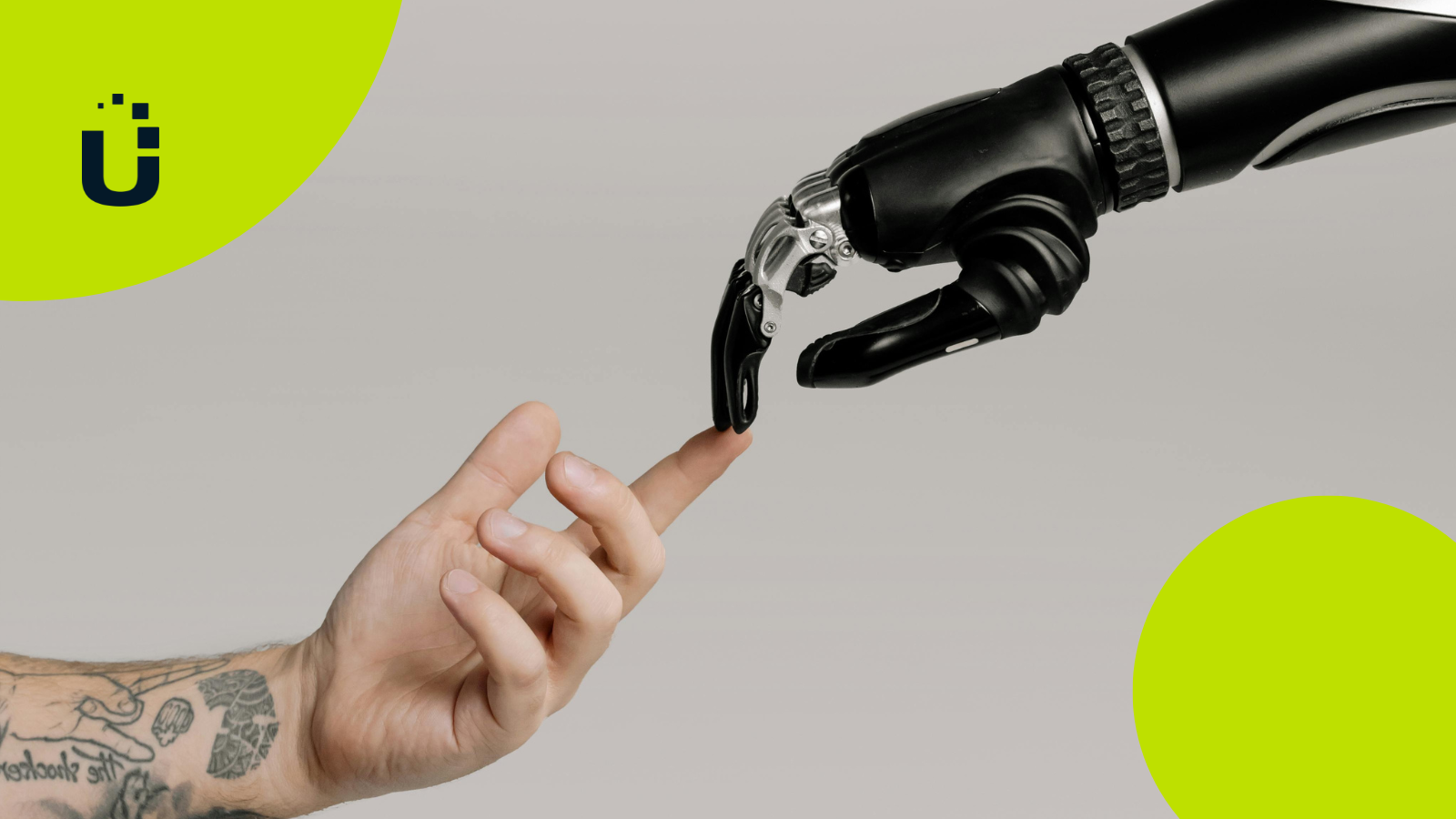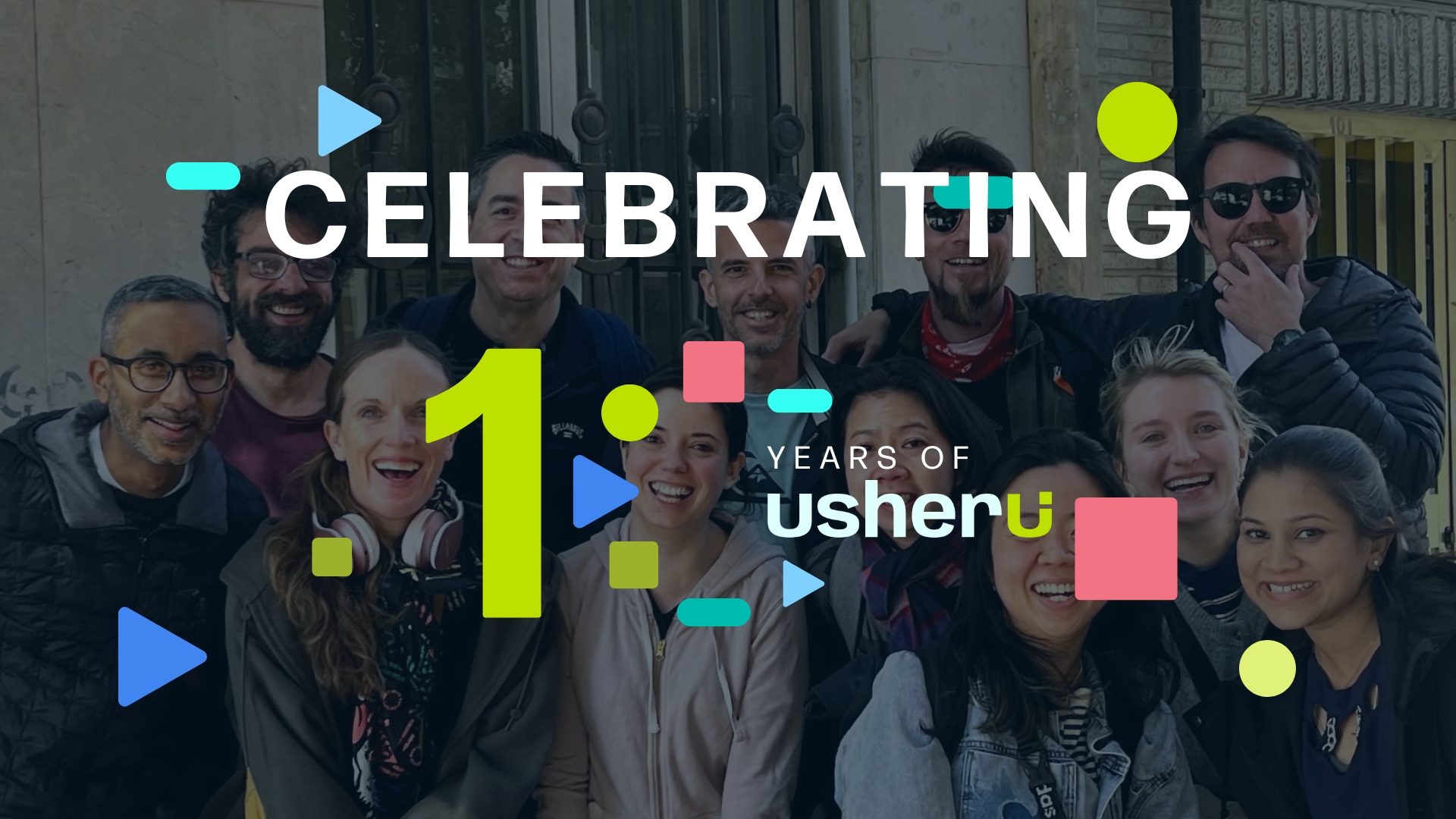Rapid advancements in artificial intelligence (AI) have begun to reshape various industries. The film industry is a prime example.
As AI tools become more sophisticated and accessible, filmmakers, studios and national film agencies are evaluating the potential of these technologies to optimise pipelines, generate efficiencies and, ideally, bring about new creative opportunities.
In this blog post we aim to provide a snapshot of the rapidly evolving state of AI in the film industry. We will highlight the ongoing debate, innovations, and types of tools available. For the purpose of this piece we are using AI to refer to Generative AI. Those are machine learning tools that can generate high-quality text, images and even video based on the data they were trained on.

The AI Debate in the Film Industry
The integration of AI in the film industry has sparked a lively debate among stakeholders.
On one hand, proponents argue that AI can enhance creativity, streamline production processes, and open up new possibilities for storytelling. They believe that AI tools can assist filmmakers in generating ideas, visualising (and pitching) concepts, and even automating certain tasks. It allows them to focus more on ideation and artistic aspects.
With many of the tools free or low cost, there are also strong proponents for Generative AI as democratising the process and advantaging underrepresented voices and creators.
On the other hand, concerns have been raised about the potential impact of AI on the rights and livelihoods of creators. There are deep concerns over the tools replacing people. Those are, for example, creatives, in the medium term and AI was front and centre in the narrative of 2023’s writer strike.
More recently, in the US, representative Adam Schiff (D-Calif.) introduced the Generative AI Copyright Disclosure Act. It aims to ensure transparency from companies regarding their use of copyrighted work to train generative AI models. This legislation underscores the importance of protecting the intellectual property rights of creators in the age of AI.
Innovations and Types of AI Tools

With this backdrop, the film industry is witnessing a surge in AI-powered tools and platforms. They cater to various aspects of the filmmaking process.
Some notable innovations include:
- ScriptBook: This AI-driven platform analyzes screenplays to provide insights on various aspects such as character development, dialogue, and pacing. It helps writers and producers identify potential issues and optimize their scripts.
- Vault ML: Vault ML offers a suite of AI tools for script analysis. This includes sentiment analysis, character analysis, and genre classification. It assists writers in refining their screenplays and predicting audience reception.
Pre-visualization:
- Previs Pro: This tool utilizes AI algorithms to generate 3D pre-visualization based on script descriptions. It helps filmmakers visualize scenes, camera angles, and character movements before shooting, saving time and resources.
Video Generation:
- Synthesia: Synthesia is an AI video generation platform that creates realistic videos featuring virtual avatars. Users can input text, and the AI generates a video with a speaking avatar delivering the content, making it useful for creating promotional videos or explainer content.
- Sora: OpenAI’s text to video tool wowed viewers and alarmed industry executives in equal measure with its beautiful and polished sequences
Post-production:
- Adobe Sensei: Adobe’s AI and machine learning framework, Sensei, is integrated into various post-production tools such as Premiere Pro and After Effects. It offers features like auto-colour matching, object removal, and intelligent audio cleanup, streamlining the post-production workflow.
- Flawless: Flawless AI provides a range of AI-powered tools for post-production, including dialogue replacement, lip-sync automation, and performance enhancement. Their tools help filmmakers refine performances and maintain visual consistency throughout the editing process.
In addition to these, more generalised ‘AI assistants’ such as ChatGPT and Claude (the latter which we enlisted for help in drafting this piece) are becoming increasingly powerful and practical tools for all kinds of procedural tasks.
The AI landscape continues to evolve and more innovative tools and platforms are likely to emerge. They’ll offer filmmakers an expanding array of options to enhance their creative processes and streamline production workflows.
Ethical Considerations

As the film industry embraces AI, it is crucial to address the ethical implications of these technologies. Transparency, fairness, and respect for creators’ rights should be at the forefront of the AI adoption process.
Film agencies and studios must ensure that AI tools are used responsibly, with proper attribution and compensation for the use of copyrighted works in training datasets.
Summarizing the AI Revolution in Film
The current state of AI in the film industry presents both exciting opportunities and complex challenges. As filmmakers, studios, and national film agencies navigate this rapidly evolving landscape, it is essential to strike a balance between embracing technological advancements and safeguarding the rights and contributions of creators.
By fostering open dialogue, establishing ethical guidelines, and promoting responsible AI practices, the film industry can harness the power of AI to enhance creativity, efficiency, and storytelling while respecting the fundamental principles of artistic expression.





